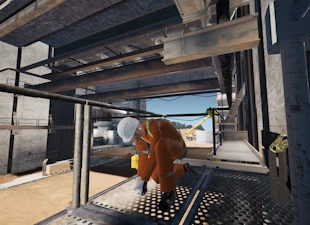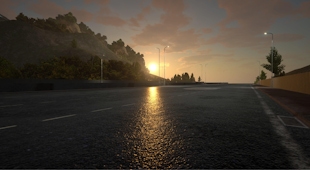

- Energy
- Confined Space Safety Training
Confined Space Safety Training
Module overview and features
Confined spaces are areas with limited entry and exit points, not designed for continuous human occupancy, and may contain hazardous substances or conditions that pose risks of injury or illness.
Pixaera's training offers an engaging way for workers to understand and retain critical confined space safety skills. The training, available for both VR and PC, guides users through real-life scenarios, allowing them to solve problems, interact with the environment, and internalize essential safety protocols.
Smart reports to identify knowledge gaps, compliance, and performance.
Assign training by user, team, site, or contractor company.
Realistic characters and multilingual voice-overs in your required language.
Multi-platform accessibility: PC, mobile, VR, and classroom-ready.
Plug & play integration with any LMS or SCORM.
Prepare teams for real SIF risks with expert designed simulations.
What you’ll learn
This training will equip you with the knowledge to identify confined space hazards, implement necessary safety measures, and understand the critical steps to ensure safe entry and exit.
Learning objectives:
Recognize the characteristics and potential hazards of confined spaces.
Understand and apply safety protocols for confined space entry.
Demonstrate proper use of safety equipment and emergency procedures.
Skills you’ll gain
Hazard identification
Implementation of safety procedures
Emergency response planning
Who is the training for?
Confined space safety is crucial for on-site safety. This training is designed to equip workers with critical awareness and response strategies to minimize risks and prevent incidents.


Confined space hazards are prevalent across multiple industries. This training is ideal for professionals, frontline workers, supervisors, and contractors working in:

















